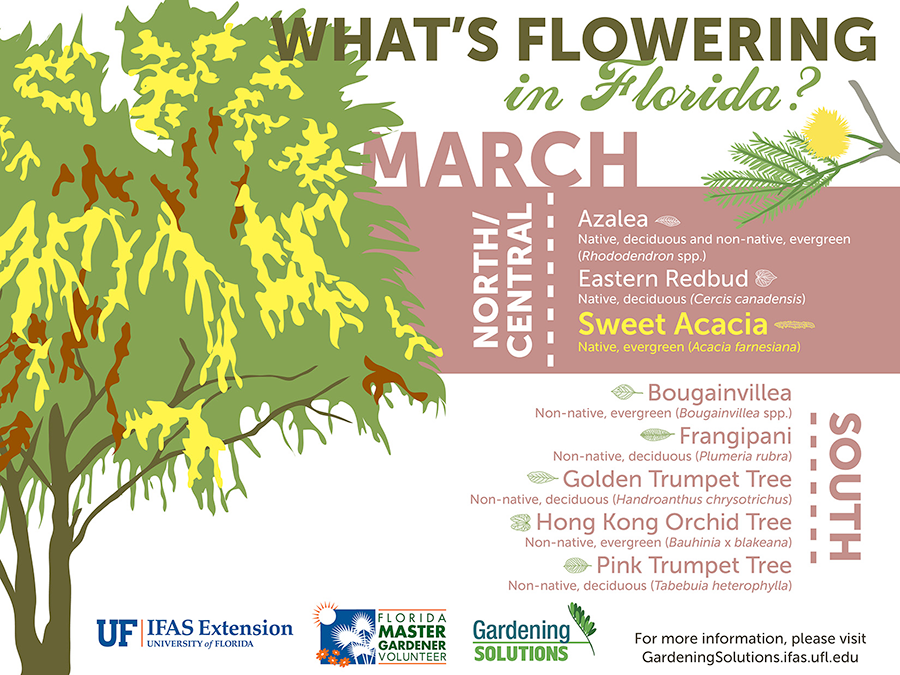Protecting Your Landscape: Replanting After Tree Elimination
Protecting Your Landscape: Replanting After Tree Elimination
Blog Article
Written By-Bang Thomassen
Tree elimination can leave a gap in your landscape that requires filling. You can plant something brand-new in that room, however it takes extra care and interest at the starting to help it prosper.
The soil because location will maintain altering gradually as bacteria break down the old origins. That can influence the vitamins and mineral balance and physical area for new growth.
Soil
The soil in a plot where a tree has been removed is most likely to be very different from the remainder of your yard or backyard. The origins of the old tree and the stump will have altered the soil, removing some nutrients and perhaps crowding out various other plants. Additionally, if the previous tree was unhealthy, the contagious agent might still remain in the ground.
The visibility of origins promotes a rich and varied community of dirt microorganisms that enhances essential procedures like nutrition biking and raw material decay. Without these bacteria, the displaced soil can end up being much less abundant and nutrient-depleted, with an unfavorable influence on plant growth.
Prior to replanting, linked web page must be eliminated of particles and natural material (such as wood chips from stump grinding). You may wish to mix in potting dirt or indigenous dust with this compost to supply your new growing with an atmosphere that is well balanced and filled with nutrients.
Water
Tree roots soak up big quantities of water from the dirt. This process also adds nutrients back to the soil, especially nitrogen, which is necessary for new trees and plants. Sadly, old dirt can be depleted of these important minerals due to the decaying roots and stump from an eliminated tree.
visit this page is why it is essential to have a plan for the future of your landscape. Preferably, Read the Full Guide to plant is when you have a clean slate.
Whether you're planting turf or blossoms, see to it to use a soaker tube to prevent overwatering your new landscaping. If the area was a garden, make certain to cover the dirt with organic compost to aid maintain dampness in the dirt, control soil temperatures and suppress weeds. This additionally provides a layer of protection for young plants and promotes worm activity. Then, routinely renew the compost to continue boosting the soil nutrient thickness and microbial life. This is known as soil remediation.
Light
Trees are a wonderful enhancement to any kind of landscape, offering color, visual pulchritude, and lots of other benefits. However, often trees become unsightly because of a range of reasons, consisting of illness, pest infestations and natural aging.
In such instances, it may be necessary to eliminate a tree. It is essential to think about the value of a particular tree in your landscaping and take the appropriate actions to ensure that the removal is done securely and successfully.
Throughout the late summer season, it's an ideal time to do upkeep and assessments on existing trees. Look for indications of disease, insect infestations, or structural damages, along with any potential risks such as damaged or leaning trees.
Before beginning any building and construction tasks, make certain to shield the root zones of existing trees by preventing dirt compaction and rating around them. Organic matter, as it breaks down, can create noxious gases that are damaging to the roots of a tree. It's also a great idea to mulch the location around a tree after building and construction has actually finished to preserve dampness and subdue weed development.
Temperature level
Trees are important to a landscape for their aesthetic charm, yet they likewise play an important duty in the regional community by supplying shade and windbreaks. They support wildlife habitats and decrease the quantity of carbon dioxide airborne, which can add to international warming. This is why it is advisable to replant trees after removing one from the building.
When replanting a new tree in the location of a previous stump, the dirt might not have adequate nutrients to support it. It is best to wait for a year before planting to make certain that the soil will be rich in nutrients.
To make sure that replanted trees grow, it is critical to offer them with proper care. A layer of mulch will certainly maintain dirt wetness from evaporating, manage dirt temperature level, and aid reduce weeds. Organic compost is the recommended choice since it enhances dirt fertility. Recurring fertilizing and insect control are additionally important for replanted trees.